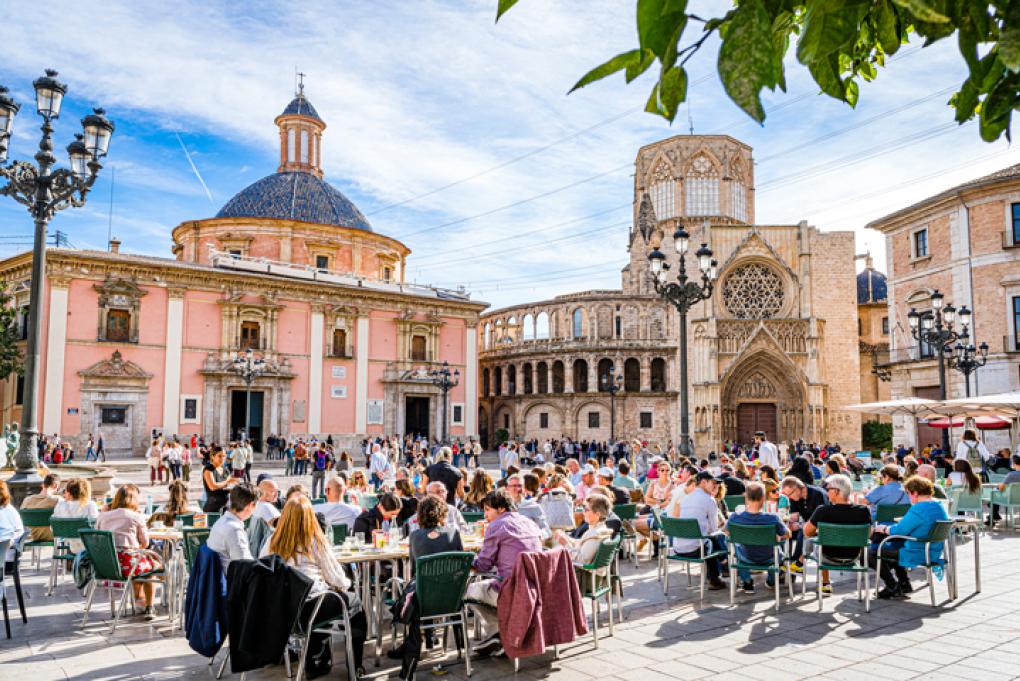Spain is on its way to setting another all-time record in the number of international tourists arriving in the country per year, outstripping the figure of almost 65 million for 2014. The country is one of the world's favourite tourist destinations: last year it ranked third in the number of foreign visitors behind France and the US and second in terms of income, beaten only by the US.
The tourist industry's good performance at a global level during the years of crisis has provided considerable support for those countries that, like Spain, enjoy a significant share of the sector.1 According to a recent report on tourism competitiveness produced by the World Economic Forum, the figures for air passengers, hotel occupation and international visitors have quickly returned to the pre-crisis trends.2 Moreover Spain's tourism industry has benefitted from the difficult situation experienced by some countries in North Africa and the Middle East.
Specifically, the tourism sector has been one of the few that have not only not lost jobs but created them. Between June 2006 and June 2015 the number of workers in the sector increased by 15% (from 1.9 to 2.2 million), a figure that contrasts with the 8% drop at a national level. And although it is true that the quality of the employment created in the tourist industry tends to be below the national average, as indicated by lower wages (16% below the average) and more temporary jobs (33% compared with 23% nationally, mostly as a result of the still high seasonality of the sector), the industry's resilience to the buffeting provided by the crisis certainly plays in its favour.
Undoubtedly the good performance by Spain's tourist industry is closely related to its degree of competitiveness. At present Spain leads the ranking of Travel and Tourism Competitiveness according to the biennial report also produced by the World Economic Forum. This ranking is based on factors and policies that promote the development and success of each country's tourist industry and is divided into four indices which, in turn, cover different pillars (14 in total). Among these, Spain excels in cultural and natural resources as well as in most of the infrastructures related to the tourist industry, whereas it falls below the European average from a business perspective; a pillar that, moreover, has not improved over the last few years3 given that, while Spain ranked 56th in 2008, in the report for 2015 it fell to 100 out of a total of 141.4 Similarly, although the sector's price competitiveness is around the average for Europe, it has not improved over the last few years compared with all the countries analysed: a feature that could be surprising given the contained wages and moderate price rises in Spain over the same period. Although the decline in this pillar can be explained by the fact that new countries that are highly price competitive have been incorporated in the report, and not so much because of any standstill in Spain in this area, it does point to the need to continue helping to preserve the sector's competitiveness.
The importance of the tourism industry for Spain's economy, its resilience and huge potential, beyond even its appeal in terms of history, culture and natural landscapes, are reasons to analyse and take action to improve the sector's competitiveness. Promoting less seasonally-biased tourism by encouraging, for example, business or gastronomic travel could boost the tourist industry at the same time as helping to reduce the highly seasonal nature of its labour market.
1. In Spain the tourist industry accounts for around 11% of its GDP and 12% in terms of employment, slightly above the global average (10% of GDP and 9% of employment).
2. World Economic Forum, Travel and Tourism Competitiveness Report (2015).
3. Since 2007, the year when the travel and tourism competitiveness index started.
4. Although a methodological change has been implemented in drawing up the pillars and the number of countries has been increased in 2015, the fact that Spain has fallen by almost 50 positions points to an area that must be improved.



